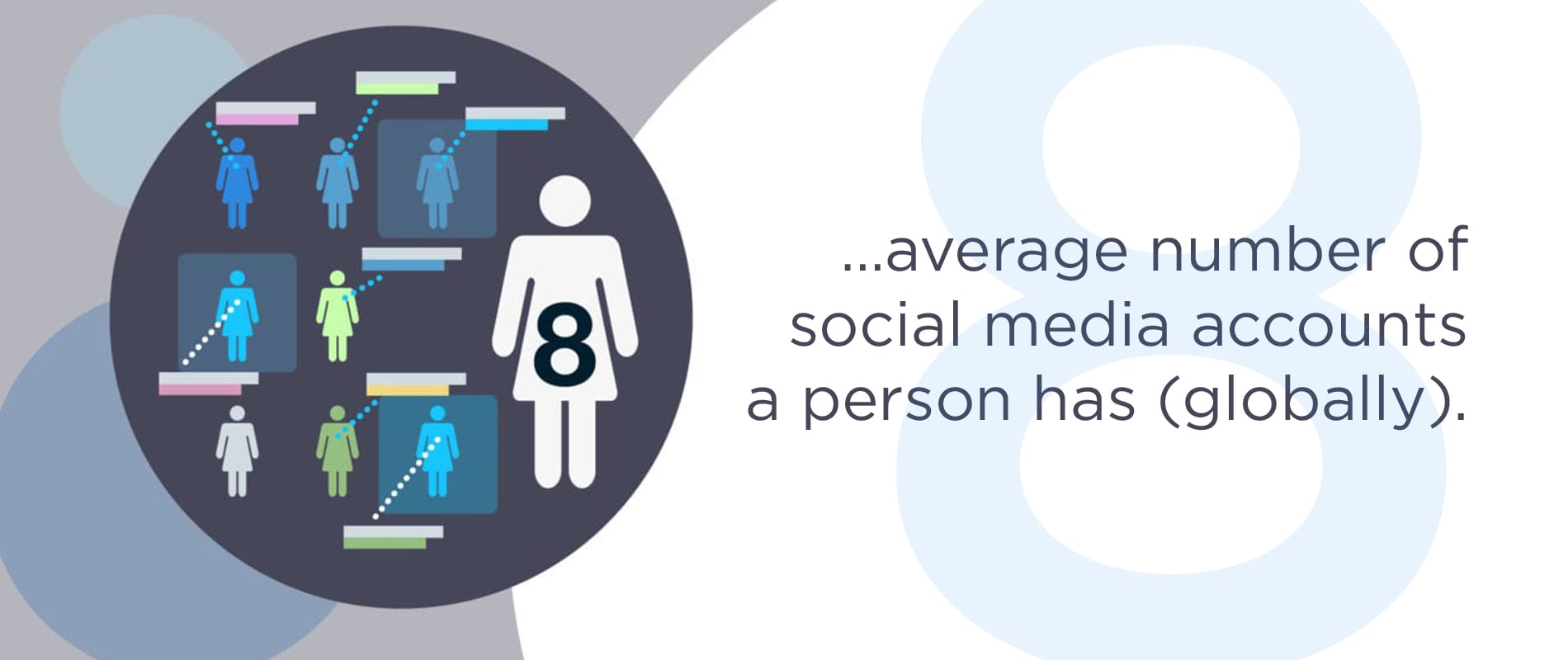How does having your own private social media army sound? Interesting…then please read on.
When it comes to posting content as a brand on the likes of Facebook, Twitter and LinkedIn it’s becoming increasing difficult to reach your audience if you just rely on organic (i.e. you don’t pay to promote it) content.
There is a rapidly diminishing return in terms of the natural organic performance of content – this can mean reach as low as 2% of your page’s audience – as networks push to make themselves more relevant to users and simultaneously try to grow revenue through advertising.
So, aside from reviewing the approach and tone of the content you’re posting or going cap in hand and asking for a bigger budget for promoted content on social media, what are the options?
Social advocacy
As I see it, the biggest opportunity for anyone delivering social media in 2019 has to be around harnessing the power of your employees as social media advocates who can utilise their personal social media channels to amplify your organisation’s messages and activity.
Advocacy grows the potential audience for your content beyond your owned channels to the networks of your employees and creates a more personal link between your messages and the audience – think of it as having your own private army of micro-influencers.
And you’ll be getting one over on those pesky algorithms. The platforms are much more likely to favour content that has been posted by an individual rather than an organisation.
Naturally, there are risks to taking this approach – you are delegating some control of your brand away from the carefully controlled confines of the marketing/communications team and in the hands of your employees, but with careful planning and oversight the risks to this can be negated.
For example, in our work with the Solicitors Regulation Authority, we have helped to train over 100 advocates on how they can effectively use their presence on social media (across Facebook, Twitter and LinkedIn) to amplify the SRA’s messages in a time and place that suits them whilst at the same time enhancing their own presences on social media – a true win-win situation.
Training and resources
In conjunction with training, putting in place a system to centralise and track advocates not only ensures that sharing content is a simple and straightforward process, but also means you can track and reward the advocates who are doing the most to share content. There are a whole range of these platforms out there including Smarp (which we use in our work with the SRA) and Bambu which we have access to as part of our membership of Sprout Social’s Agency Partner programme.
We’re currently working on a whitepaper which will provide a much more detailed insight into how we see social media advocacy developing over the coming months, but in the meantime here are our three top recommendations for setting up an advocacy programme:
- Plan ahead – make sure what you want to achieve from launching an advocacy programme is aligned with your organisation’s overall objectives
- Support your advocates – consider ways you can train your advocates around effective use of social media, provide context and give them the confidence to take ownership of their work in the programme.
- Put a structure in place to systemise the programme – this includes thinking about how you will disseminate the content you want to be shared, track the effectiveness of the programme and recognise/reward success.
If you want to register to receive a copy of our whitepaper when it’s published later in the spring or find out how you could make an advocacy programme work for your organisation get in touch with me – pete@dtw.co.uk or Jess – jess@dtw.co.uk – and we’d be happy to chat things through with you over a cup of coffee.
Thanks for reading,
Pete.
